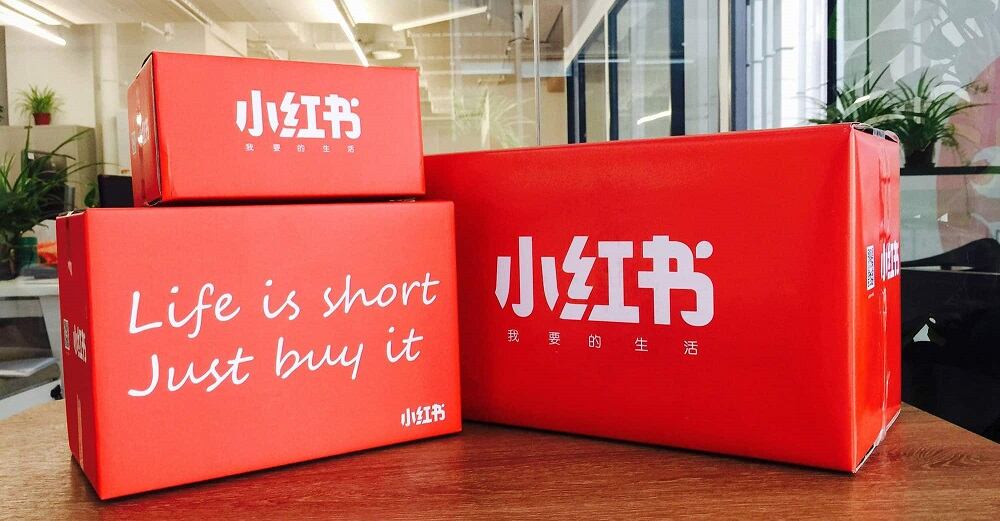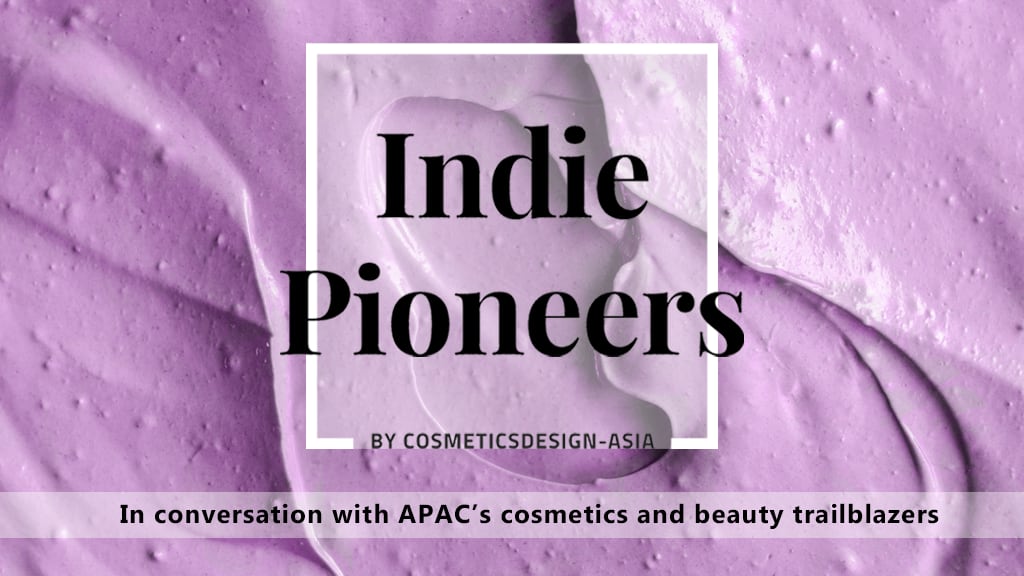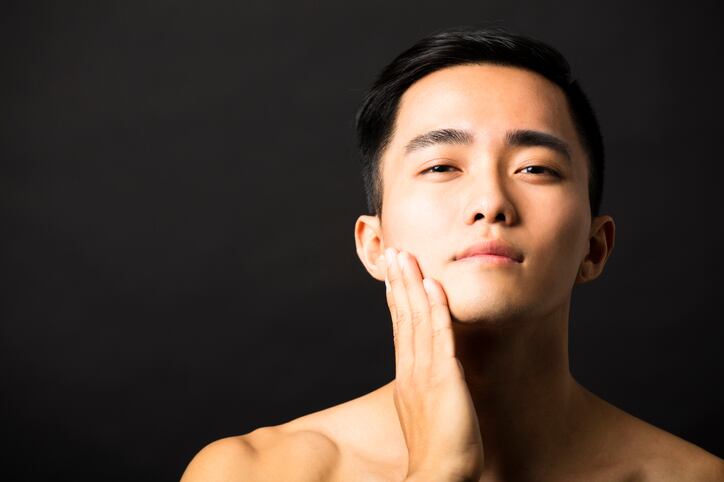RED, known locally as Xiaohongshu (小红书), is a Chinese social media and e-commerce platform backed by Chinese tech giants Alibaba and Tencent.
As of June 2019, RED’s sixth anniversary, the platform’s number of monthly active users exceeded 85 million as user-generated content increased ten-fold over the past year.
Speaking during a WeCosmoprof International event, said Pan Chenyin, general manager of Adiacent China, stated that the significance of RED’s role in China’s beauty ecosystem cannot be overstated.
“When RED started, it was an Instagram-type content platform but it gradually moved to become a platform that combines seeding, comments and user experience,” he said.
According to Pan, foreign brands that enter the Chinese market typically have more difficulty connecting and resonating with the local consumers.
This is becoming more significant with the tremendous rise of C-beauty brands — domestically founded brands that are made with the Chinese consumer in mind.
The growing popularity of domestic beauty brands is shifting the dynamics of the market away from the traditional preference for Western brands.
In 2020, five out of 10 top make-up brands on Tmall were C-beauty brands. The largest portions were divvied out to Florasis and Perfect Dairy, which made up 16.35% and 14.88% of the market share respectively.
Comparatively, the top-selling western brands, L’Oréal Group’s Yves Saint Laurent Beauty and Estée Lauder accounted for 11.41% and 9.76% respectively.
A fast-track into China?
By utilising RED, foreign brands have an opportunity to fast-track themselves into the hearts and minds of the fickle Chinese consumer.
Pan likened the role of RED in beauty to Google – a research platform. “For the younger generation of consumers – before going onto e-commerce platforms, before WeChat – the earliest step is to check who uses the product in China. They want to see who they can relate to, who they can trust and see if they have used the product before.”
He highlighted Israeli beauty brand Élévatione as an example of a brand that built the brand on RED, which created a pool of information consisting of reviews and comments from influencers and beauty consumers.
Pan reiterated that having a presence on RED is especially important for smaller foreign brands debuting in China, especially during a global pandemic that has put a halt to international travel.
“It’s harder for Chinese consumers to relate to new foreign brands and at the same time, because of COVID-19, they cannot actively travel out of China to see what people in other countries are using. This adds, I would say, a layer of doubt. With RED, they can see that a brand or product is being used by a lot of people on the platform and make them feel like its okay and make them more willing to try.”





